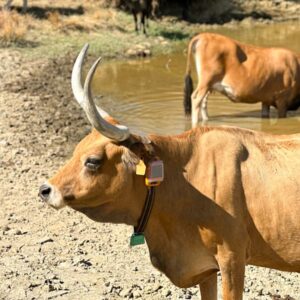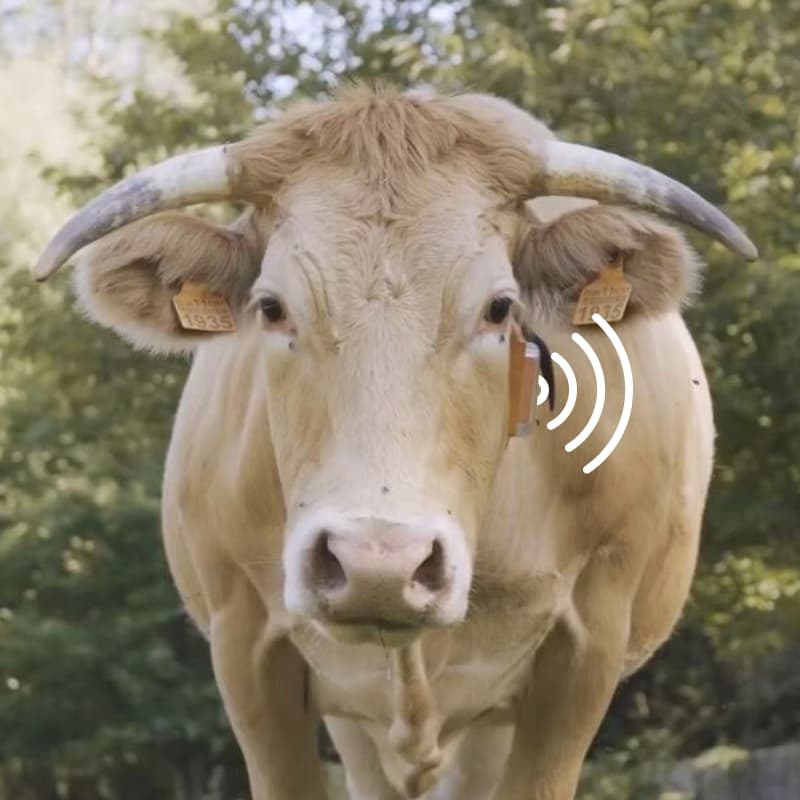Cows have been fundamental in the history of mankind, not only for their role in livestock and food production, but also for their incredible characteristics. Although we often see them in the field, these animals hide surprising curiosities that reflect their intelligence, their ability to socialize and their impact on the ecosystem.

Here are 11 fascinating facts about cows.
1. They have best friends
Cows are social animals that form close relationships within the herd. They have been shown to have “best friends” and when they are close to them, their stress level decreases and their health improves. If separated from their usual companion, they may show signs of anxiety and agitation.
2. Remember faces and places
Cows have a great long-term memory. They are able to remember people, other animals and locations for a long time. This helps them adapt to their environment and recognize both positive and negative situations.
3. They are good swimmers
Although not commonly seen swimming, cows have the ability to move through water with ease. Cases have been recorded in which they have swum long distances to escape dangers or to reach grazing areas on islands or riverbanks.
4. Music increases your milk production
Studies have shown that when cows listen to soothing music, such as Mozart pieces or soft sounds, their milk production increases. This is because music helps reduce stress and creates a calmer barn environment.
5. His sense of smell is impressive
Cows can detect odors more than 10 kilometers away. This acute sense allows them to find sources of water, food and detect the presence of predators or changes in the environment.
6. They have an almost 360° field of vision
Thanks to the position of their eyes on the sides of their heads, cows have a nearly 360-degree field of vision, which means they can see virtually everything around them without turning their heads. However, they do have a blind spot just in front of their snout, which explains why they can be startled if something approaches them directly from the front.
7. They belch a lot and contribute to the greenhouse effect
Cows have a digestive system specialized in fermenting grass, which generates large amounts of methane. It is estimated that a single cow can produce up to 500 liters of methane per day, contributing to global warming. Therefore, strategies are being developed in modern livestock farming to reduce these emissions, such as changes in feed and special additives.
8. They have a stomach with four compartments
Contrary to popular belief, cows do not have four stomachs, but a single stomach divided into four compartments:
- Rumen: where fermentation takes place and vegetable fibers are decomposed.
- Reticulum: helps to mix food and trap foreign particles.
- Omasum: absorbs water and nutrients.
- Abomasum: functions like the stomach of monogastric mammals, digesting food with acids and enzymes.
9. They are intelligent animals
Cows can solve problems, remember routines and learn by observation. They are also able to identify people’s tone of voice and respond differently depending on whether they have had positive or negative experiences with them.
10. They can live up to 20 years or more
Although in commercial cattle ranching their life cycle is usually shorter, cows that live in optimal conditions can exceed 20 years. In sanctuaries and family farms, cows have been recorded reaching 25 years of age.
11. They communicate with different sounds and postures
Cows have a language of their own, based on mooing, guttural sounds and body movements. They emit different types of mooing sounds depending on their emotional state, the presence of danger or to call their calves. In addition, they use their tail, ears and body posture to express emotions such as curiosity, relaxation or alertness.
Conclusion
Cows are much more than farm animals; they possess remarkable intelligence, complex social interactions and great adaptability. Their role in animal husbandry is essential, but it is also essential to know them better in order to improve their welfare and the sustainability of their breeding.
For farmers, understanding these issues can make a difference in herd productivity and health. Implementing strategies such as stress reduction, proper herd management and improved feeding not only contributes to animal welfare, but can also increase milk or meat production, improve feed conversion and reduce disease.
In addition, with advances in nutrition and genetics, as well as the application of new technologies in livestock monitoring, resources can be optimized and livestock farming can be made more efficient and sustainable.
Were you surprised by any of these curiosities? Do you apply any strategy to improve the welfare of your livestock? Share your experience in the comments.

